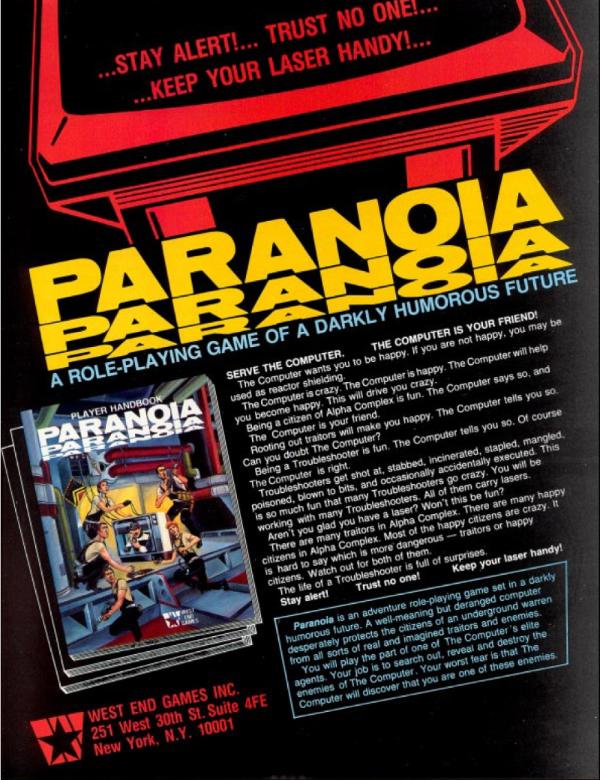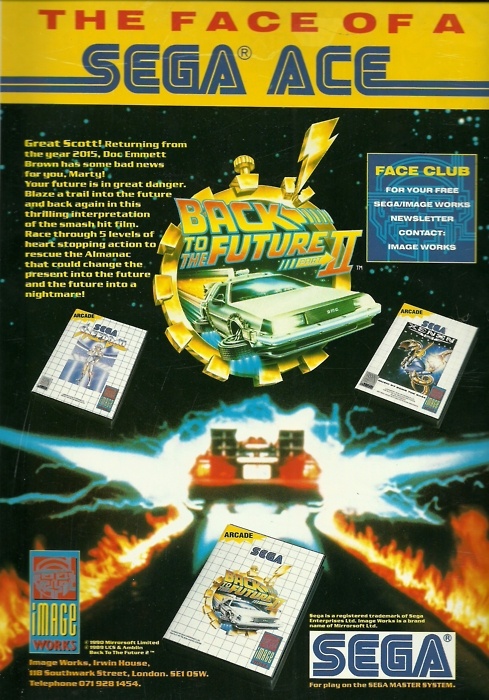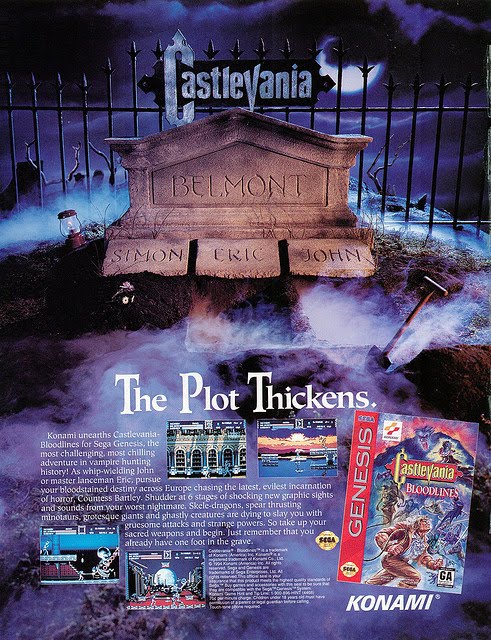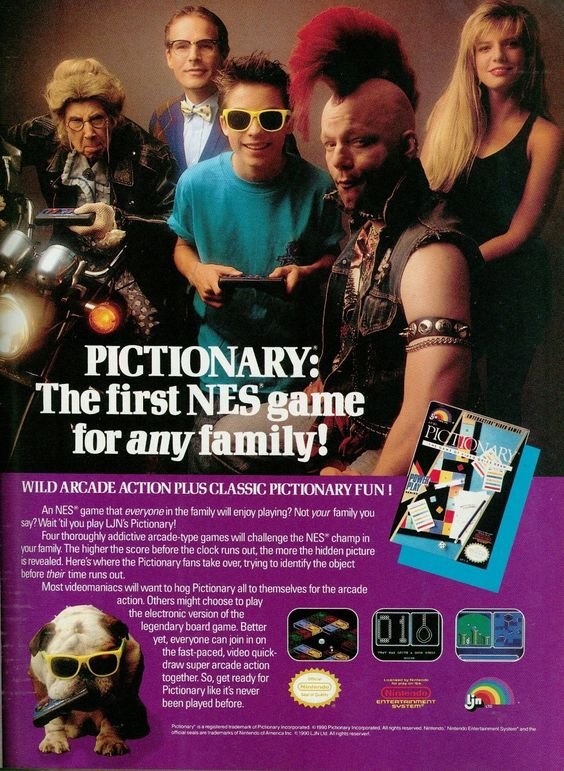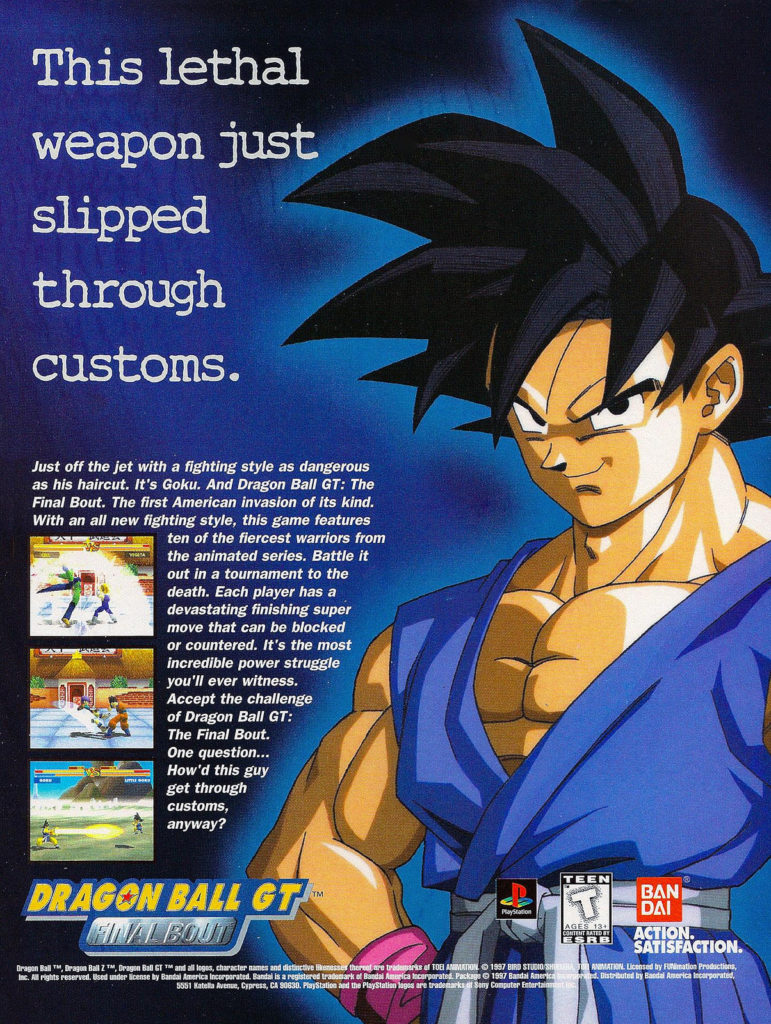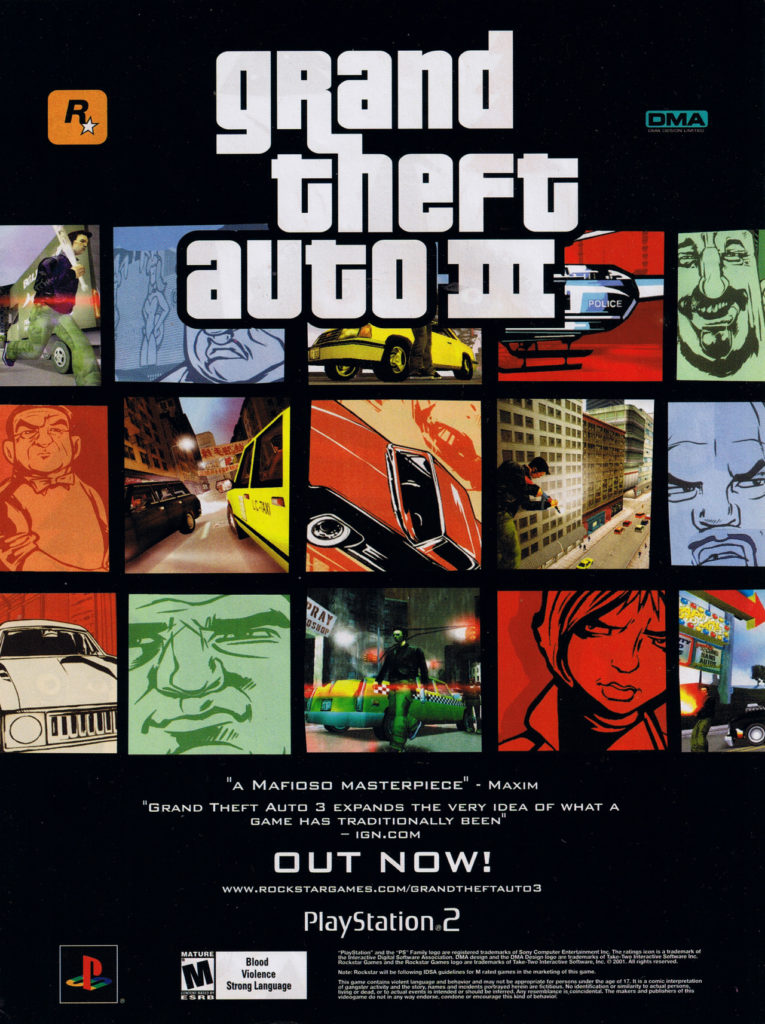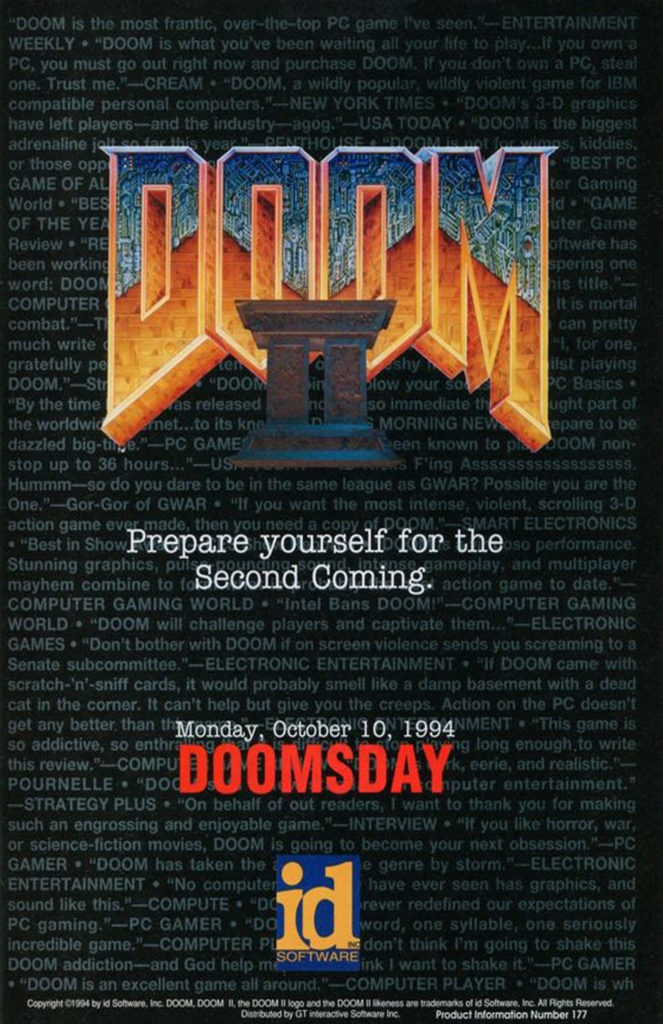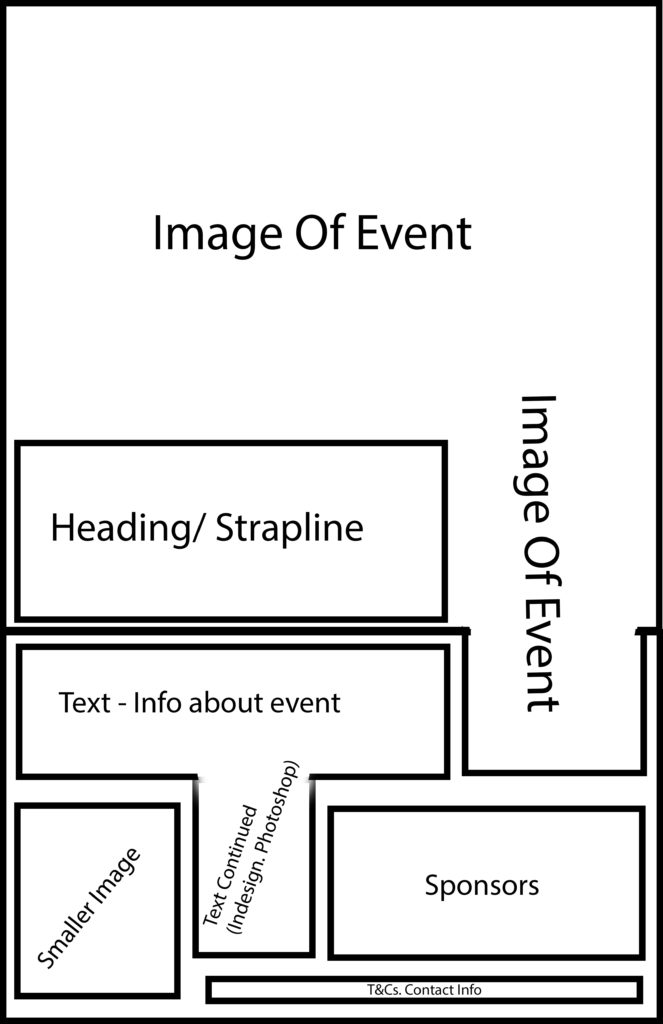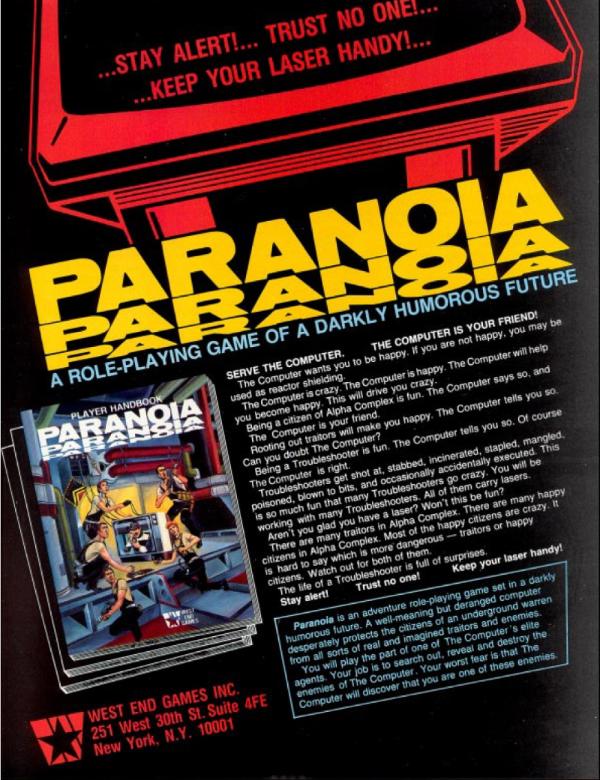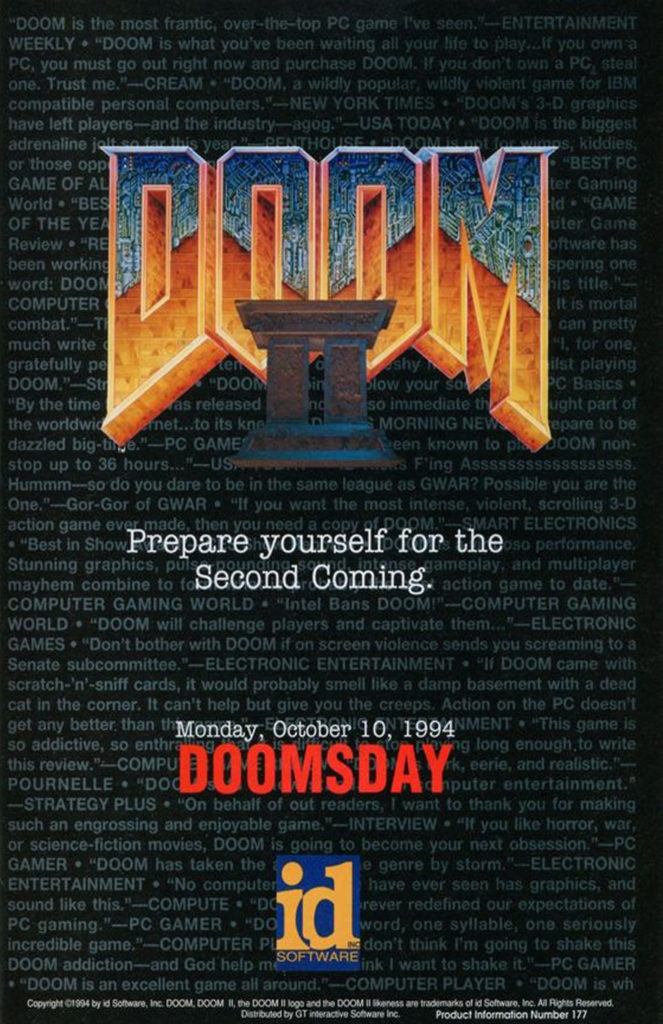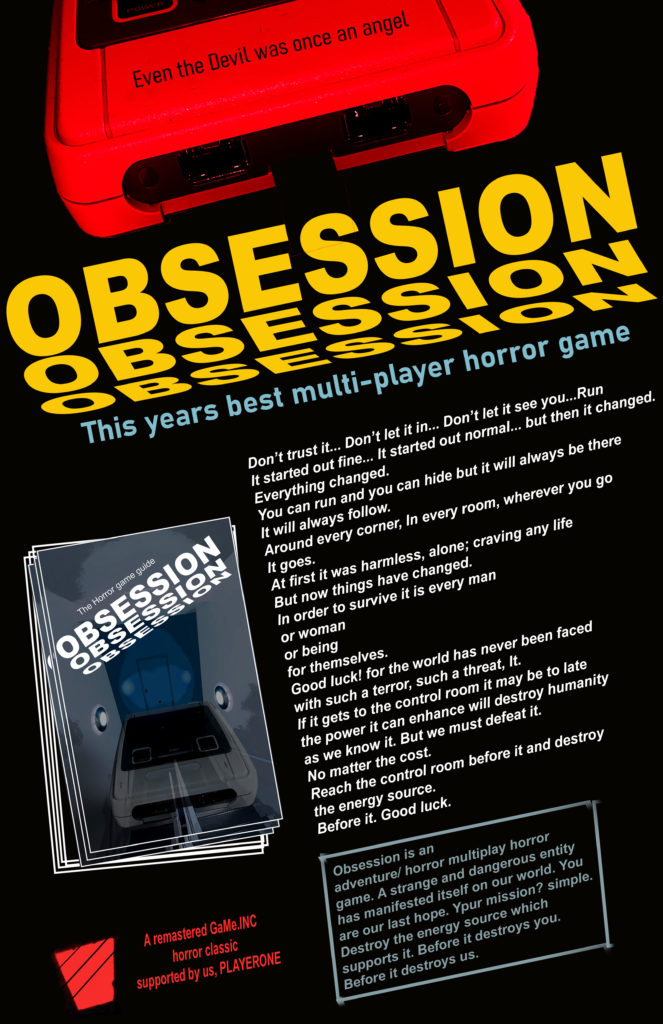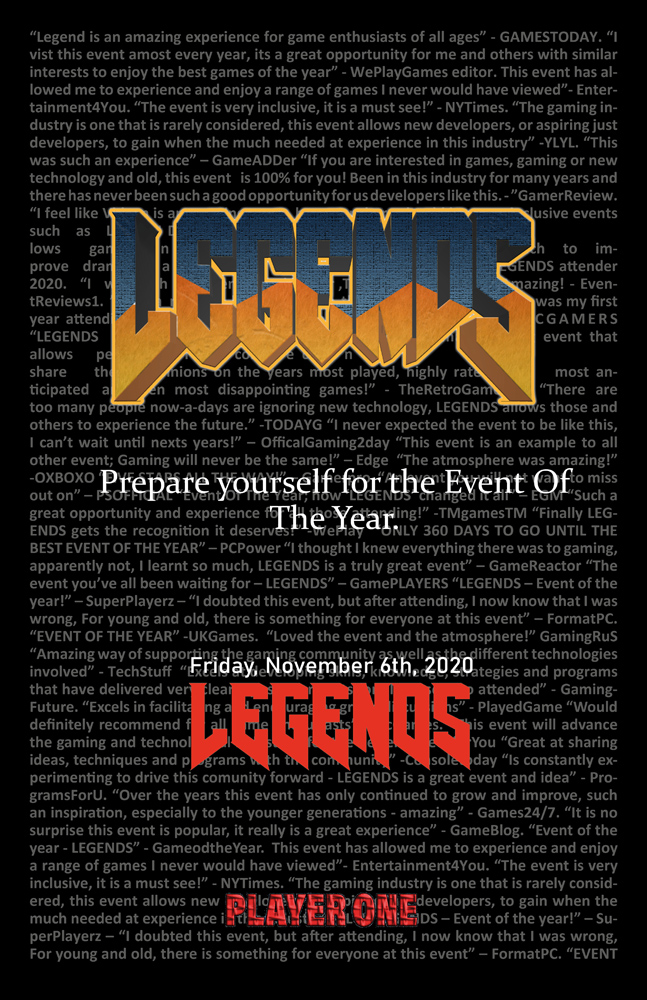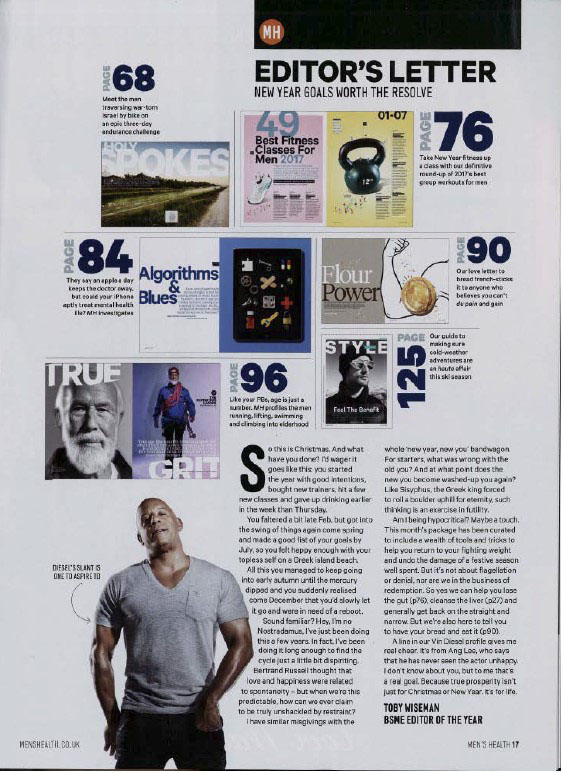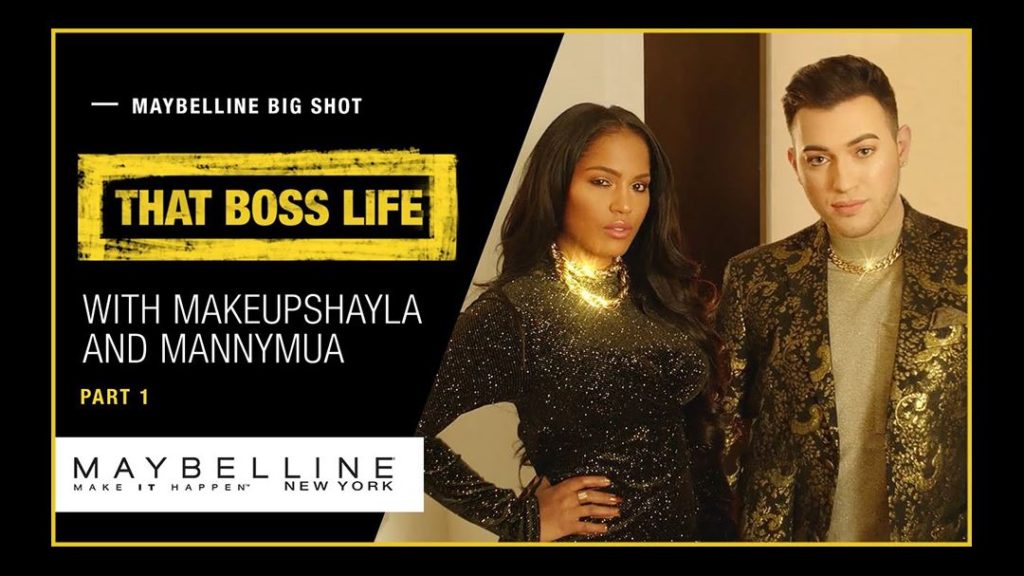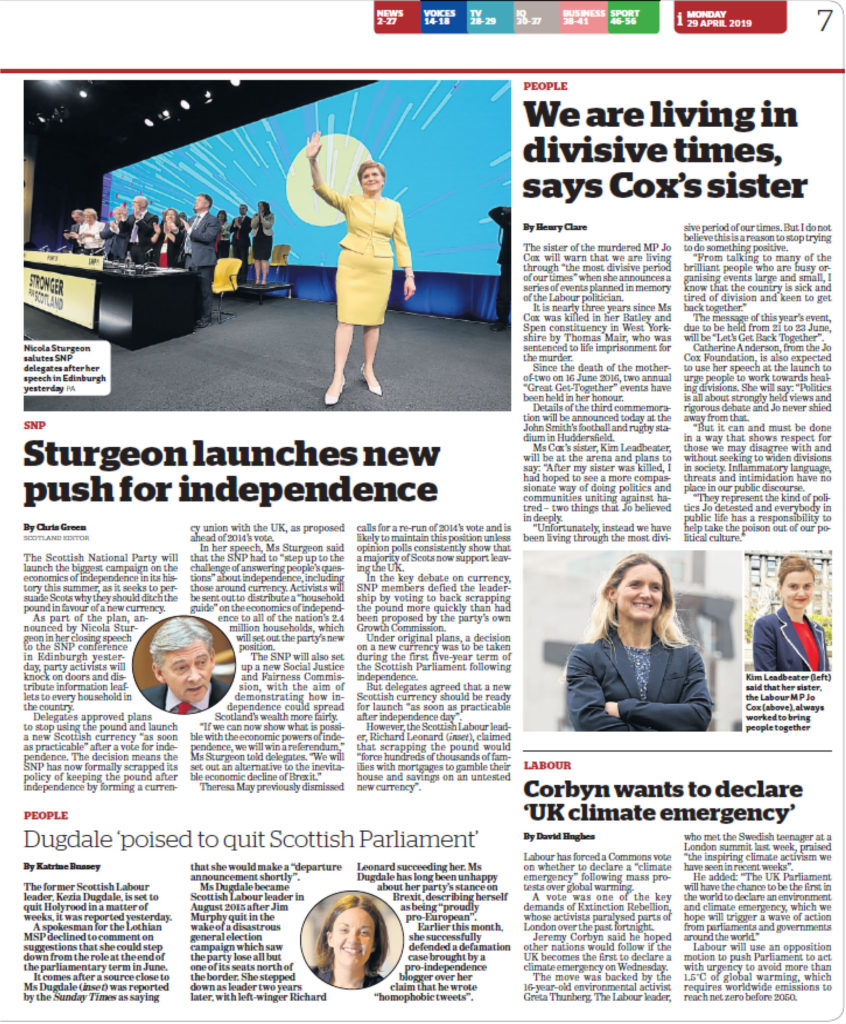– MoodBoard(s) –
Locations –

People/ Characters –

Objects –

Copyright Free Music –
Image Drafts – Characters + Locations


Style Models
Lana Del Rey – Summertime Sadness Analysis –
Narrative theorists to apply =
This video depicts a tragedy where one woman (played by Lana Del Rey) jumps and the other, heartbroken, follows. Todorov can be applied to this video as the start of the relationship would be the equilibirum, the breakup would be the distruption, their suicide would be their ‘resolution’ and the new equalibrium would be that they are both gone/ together again. expressed through the lyrics –
‘Got my bad baby by my heavenly side’ ‘I know if I go, I’ll die happy tonight’
‘Summertime sadness’ refers to seasonal depression that most commonly occurs in winter. However, the artist uses summer as the warmth of summer brings back memories of her lover.
Levi-Strauss theory of binary opposition can also be applied due to themes such as Love VS Hate, Life VS Death and Happy VS sad being represented throughout the video.
Although the video follows Todorovs theory of equilibrium it is not chronological as it shows multiple flashbacks. The old/ vintage film effect is used to convey the memories/ flashbacks as her own personal movie.
Coldplay – Midnight Analysis –
Narrative theorists to apply =
Levi-Strauss = Binary opposition theory can be applied to the visual elements of the video as it was shot in a negative exposure. This theory can also be applied to the lyrics ‘When I’m rolling with the thunder but bleeding from the thorns’ which is a metaphor for ‘there will always be negative for the positives’ .
‘In the swirling swimming on’ – Here, Martin’s voice rises in to match the songs content, suggesting a rising storm. The alliteration, “swirling swimming” also creates a crescendo effect similar to a storm.
The video was shot in negative exposure (Inverse)
Cavetown – Pigeon Analysis –
Narrative theorists to apply =
Beginning = Low depth of field
‘Circling around the kitchen, why has nothing changed’ refers to doing something over and over again can lead to insanity. This song shows what heartache can do to a person, however, unlike summertime sadness the final equilibrium of this video/ narrative shows that he’s still trying to bargain for his loved one back, but finally at the end of the song he accepts that they can’t come back, but he’ll try to keep going to make him proud; emphasized through the lyrics –
‘Don’t know how I’m going to live without’ ‘But I’ll stay strong for you’
Therefore, Todorovs theory of equilibrium can be applied to this narrative as well as Levi-Strauss’s binary opposition due to themes such as Love VS Hate and Sanity VS Insanity that are represented throughout.
Statement of Intent for Music Video Project –
For my music video project, I plan on using Adobe After Effects in order to create a vintage/ grain film effect which will emphasize the coloured memory shots (due to contrast). These coloured memories will be a juxtaposition against the black and white present scenes; a symbolic sign for loneliness and sadness to show how dull ‘life’ now is.
After Effects will allow me to edit each individual layer of film I have as well as combining it with other layers and sounds to achieve my desired outcome. In addition, unlike other editing software such as iMovie, After Effects allows a much more free approach at editing my different layers, their speeds and times all individually; whilst allowing me to edit at my own speed as I can adjust the speed at which the video renders and upload at a variety of different frame rates and sizes.
For the key conventions of my music video, I am going to transition between frames/scenes on the beats of the song which will therefore blend the video and the sound together. My narrative will be based upon a male solo artist, the video won’t be in chronological order as the disordered scenes (flashbacks) will allow connotations of insanity, loneliness and isolation to be created especially as there is only one character throughout.
Dominant ideology suggests that people who tend to be more ‘isolated’ or ‘lonely’ are ‘weird’; therefore, my music video will act as a radical narrative against this view as although the artists is upset, music is a thing that helps heal and bring people together.
The action code which will begin the plot/ storyline of the video will be the artist covering the camera with his hand. This section will be in colour as it is one of the memories. In addition, this camera angle will also put the viewers in first person as if they are being directly addressed by the artist. I decided to create a stage name for the artist, ‘Solum’, which is Latin for ‘alone’.
As well as this, throughout the video there will be short clips of a plain black background with some white text expressing some of the details of the tour. In order to continue the vintage theme, I plan on using the ‘Times New Roman Font’ as the serif style of it is quite vintage.
My inspirations for these techniques came from 3 different music videos – Lana Del Rey’s ‘Summertime Sadness’, Coldplay’s ‘Midnight’ and Cavetown’s ‘Pigeon’. All these videos have editing techniques such as ‘negative exposure’ which allow connotations such as darkness and coldness to be conveyed. I chose these videos as they all express a similar theme and message of anger and insanity due to the loss of something close.
Overall, my video is intended to promote the new artist by building a relationship with the audience by targeting things we can all relate to – memories or the loss of something or someone we loved.


